AO Edited
Headstone of Anna Anderson
Anna Anderson spent most of her life claiming to be the lost Romanov child Anastasia.
In 1918, the Russian Imperial Romanov family was executed by Communist revolutionaries. After the royal family was murdered, there were rumors that one of the Romanov children had escaped. These rumors often centered around 17-year-old Grand Duchess Anastasia, which led to many women claiming to be Anastasia and therefore connected to the Russian royal lineage. The most famous of the Anastasia impostors was perhaps Anna Anderson.
Anna Anderson was “discovered” after a 1920 suicide attempt in Berlin. Shortly after her rescue, she claimed to be Her Imperial Highness Grand Duchess Anastasia of Russia. Anderson’s explanation on how she escaped execution was that the whole Romanov family had body doubles, who the Bolsheviks had mistakenly murdered instead. Anderson continued to seek recognition as a descendent of the Romanov line until she passed in 1984.
This headstone is shared with Anderson’s devoted husband, Jack Manahan, who believed that Anna was Her Imperial Highness Anastasia until he passed in 1990. Anderson lived with Manahan in Charlottesville for the last 15 years of her life.
The 1956 film, Anastasia, starring Ingrid Bergman as Anna/Anastasia, was based on Anderson’s 1920 “discovery” story. In 1968, Anderson was visited in Charlottesville by Maria Rasputin, daughter of Grigori Rasputin, who initially legitimized Anderson’s claim before recanting.
In 1991, DNA testing revealed that Anderson had no genetic connection to the Romanovs, though some true-believers questioned the results. Further DNA testing showed she was more than likely Franziska Schanzkowska, a Polish factory worker whose siblings attempted to identify her as their sister in the late 1920s.
Though Anderson’s ashes were placed at Castle Seeon in Seeon-Seebruck, Germany, this headstone is located at the University of Virginia Cemetery and Columbarium.
The cemetery is also the final resting place of many names familiar to UVA alumni, such as the graves of Beta and Seal, dogs who served as campus mascots in the late 1930s and early 1950s. A previously unmarked African-American cemetery was discovered nearby in 2012. That site is now enclosed and marked with a sign.
Know Before You Go
For a very quick visit, parking in the cul-de-sac on Cemetery Rd is fine. For a more leisurely visit, park in either the Emmet/Ivy or the Central Grounds parking garage and walk through the UVA grounds.
Be aware of game-day crowds. The cemetery is relatively close to the football stadium, so unless you’re attending a game, you might want to avoid the area on home game Saturdays in the fall.




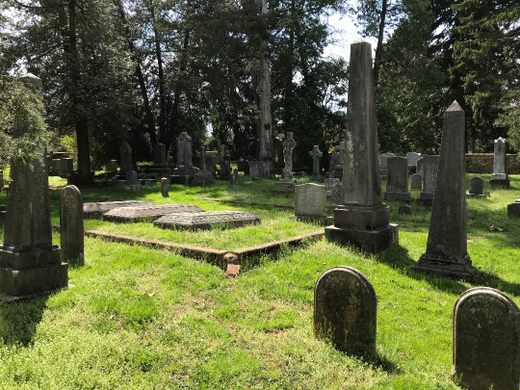
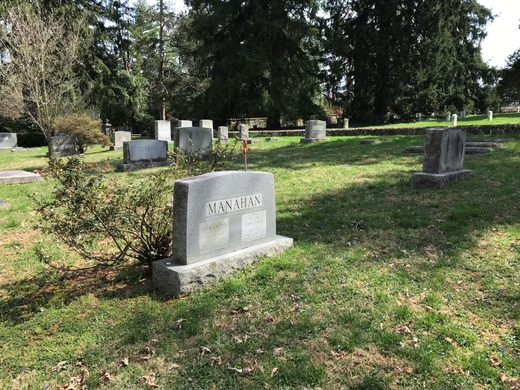
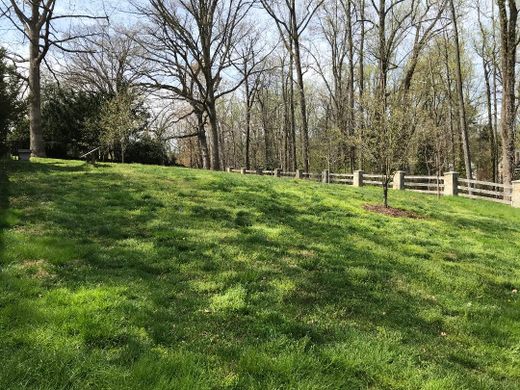
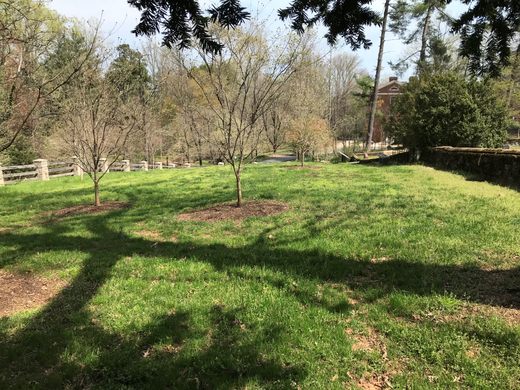
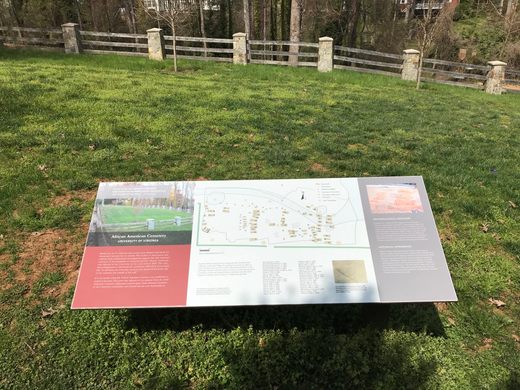
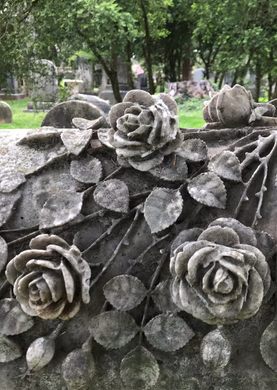
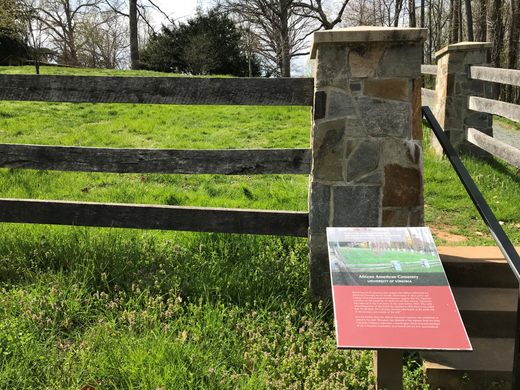



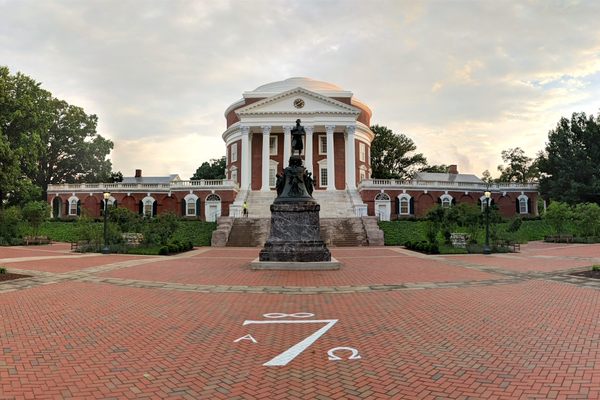
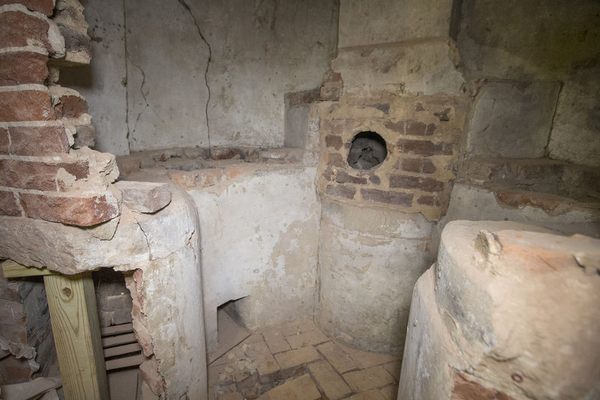



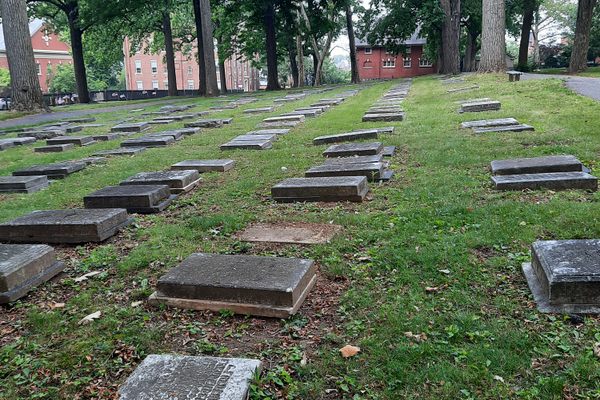


Follow us on Twitter to get the latest on the world's hidden wonders.
Like us on Facebook to get the latest on the world's hidden wonders.
Follow us on Twitter Like us on Facebook